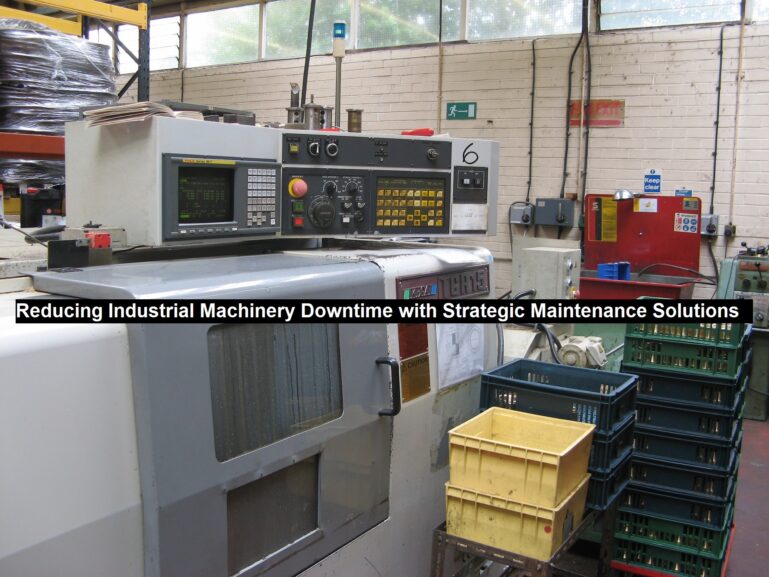Reducing Industrial Machinery Downtime with Strategic Maintenance Solutions

In today’s competitive industrial environment, machinery maintenance can be a significant cost burden. Reducing these expenses while improving equipment uptime is critical to ensuring a positive ROI. Below, we explore innovative maintenance strategies and technologies designed to reduce downtime and lower operational costs.
The maintenance, repair, and operations (MRO) market is forecast to reach $701.3 billion by 2026. Unscheduled downtime, often caused by aging machinery, mechanical failure, and operator errors, represents a substantial portion of these costs.
Read: Why Outsourcing Your Bookkeeping Needs is the Smart Choice for
One effective solution for reducing maintenance needs is the integration of low-maintenance components, such as ultrasonic clamp-on meters. These meters, commonly used in water management systems, require little to no maintenance due to their lack of moving parts, enhancing long-term reliability.
Preventive maintenance (PM) is another widely adopted practice. In 2020, 76% of manufacturing companies used PM to avoid unexpected downtime. PM relies on scheduled inspections to detect and address potential problems before they escalate, thereby extending equipment lifespan. However, PM does increase ownership costs, varying depending on the equipment.
Predictive maintenance (PdM), employed by 41% of manufacturers, offers a more advanced approach. PdM uses sensors and analytics to monitor equipment health in real-time, predicting maintenance needs with greater accuracy. While initial investments in PdM can be high, the potential savings—up to 12% over PM—are significant.
Reducing-Industrial-Machinery-DowntimeBy leveraging the latest technologies and proactive maintenance practices, businesses can reduce the costs associated with industrial machinery maintenance and improve their overall operational efficiency. For more information on how these advanced strategies are improving organizational output, please see the infographic provided by Emerson.
